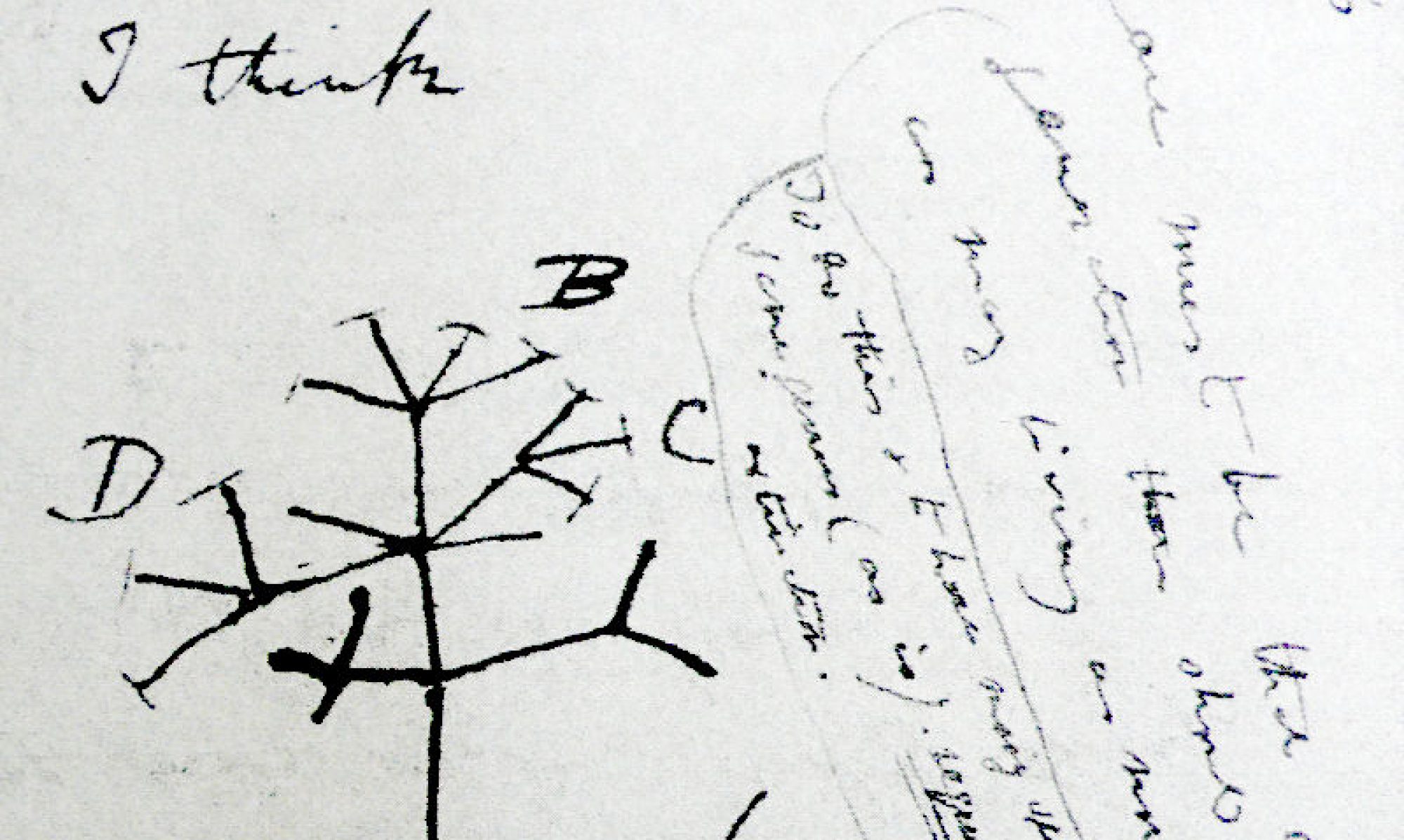By: Conner Dagge, James Harrington, Jason Webber, Liam Zizza (Stonehill College, BIO323: Evolution, Fall 2023)
Overview
We as humans are a part of the class Mammalia, a distinct class of animals that are recognized by hair on their bodies and mammary glands to produce milk. Bats are the only mammal that is capable of prolonged flight but maintains the other identifiable traits of the mammal. The Black Flying Fox (Pteropus alecto) is a species of bat is found in Oceania countries of Australia and Papua New Guinea. It is also found in In the Southeast Asian country of Indonesia. The Black Flying Fox is characterized by a high amount of genetic diversity and its ability to survive extreme natural disasters through adaptation. This information is provided by the article, “Population genomic analysis reveals distinct demographics and recent adaptation in the black flying fox (Pteropus alecto)”. In this article it cites direct evidence for how these unique bats have high genetic diversity compared to other mammals and how they likely survived a possible extinction event thousands of years ago.

